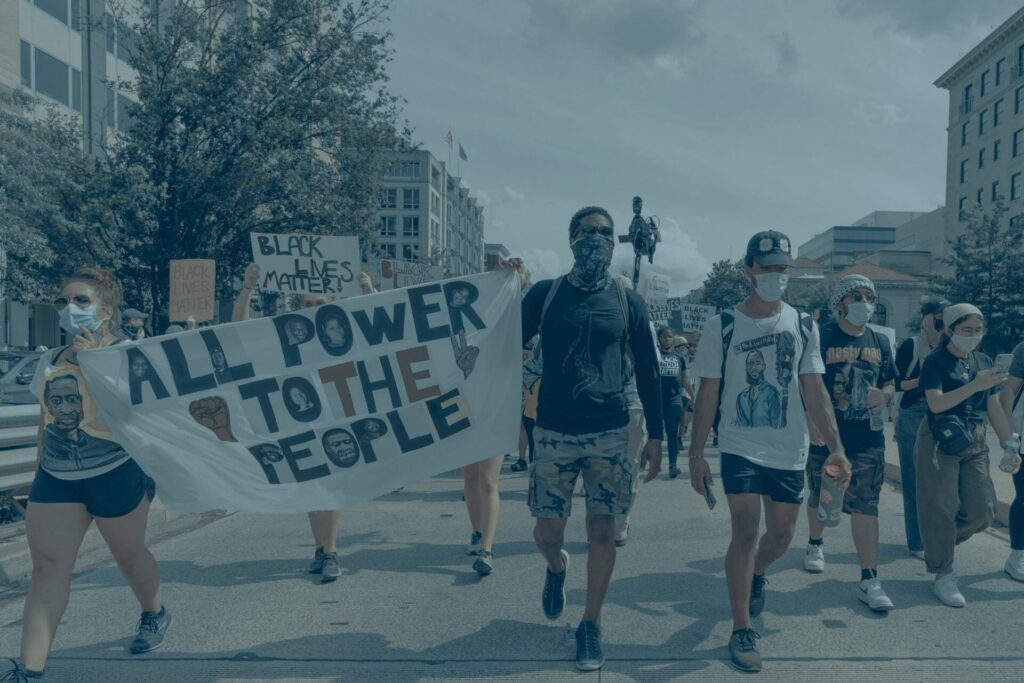Demonstrating Readiness: Business Continuity in Times of Social Unrest

A vigorous social movement, no matter how important, can pose challenges to a business’s ability to carry on its operations. In today’s post, we’ll look at some of the main issues business continuity professionals need to think through to demonstrate readiness and ensure their organizations can respond thoughtfully in times of public demonstrations and social unrest.
Related on MHA Consulting: Rinse and Repeat: Use the Risk Management Process to Manage Uncertainty
Like most everyone, we at MHA have been closely following the news of the demonstrations that have been going on around the country and world over the past few weeks.
MHA Consulting strongly believes in the equality and rights of all; we relish the insights, talents, experience, and influence of all with whom we interact.
As a business continuity consulting firm, MHA is committed to promoting a culture of continuity and resiliency, at our clients and in the community generally.
The recent protests and social unrest have brought many important issues to the forefront, including many that are admittedly not part of the organizers’ focus.
Because of our profession, one issue that looms large for us is that of how widespread public demonstrations can have an impact on the ability of organizations to provide the goods and/or services customers rely on.
It doesn’t take away from the recent protests and the important discussions they have led to for us to talk about the need for businesses to be prepared for times of social unrest.
Because organizations vary so widely, it’s not feasible to give prescriptive advice regarding how companies should demonstrate readiness and handle these kinds of situations.
However, we can lay out a checklist of areas that each organization should look at and think about it to ensure that it can continue its operations in the event of disruptions, or to accept those impacts by conscious choice, if that’s what it prefers.
Three Key Areas for Demonstrating Readiness
The following are three of the main areas you should think about in ensuring your company is ready to manage a situation of social unrest in your local area:
1. Building safety.
If your facility is in location where demonstrations or social unrest are likely to occur, you are at greater risk of being impacted and should prepare accordingly. Vulnerable locations include downtown areas and/or areas near a statehouse, city hall, or police precinct. Also, facilities that are easy to access externally and/or and internally are particularly vulnerable. Think about what the company’s response will be if a peaceful demonstration in your area becomes violent. Assess the risk of damage to your facility and the ability of staff to exit, if necessary. Prepare your organization in advance to minimize potential damage to your facilities, such as boarding windows, securing physical access, closing well in advance of the protest time, etc.
2. Staff participation.
If there are demonstrations in your area, members of your staff might wish to leave work to participate. The organization should be aware of the potential impact on its operations and determine ahead of time how it will respond and communicate any related policies to staff. The policy might be to allow staff to leave work to participate or it might be something else. The best choice for each organization depends on its priorities, needs, staff, and values. The point is to be aware of this issue and make a thoughtful decision ahead of time.
3. Impact to products, services, or brand.
Could your organization be the subject of on-site demonstrations or comments over social media due to its products, services, or polices? Analyze the risks and plan accordingly. Create a plan or process for monitoring social media if you don’t already have one. What about comments that employees make on social media as private individuals? What if such comments are controversial, exceed policy, or violate the standards of the organization? You should have a policy for dealing with this situation.
An Obligation to Be Ready for Social Change
As citizens, we are likely to have varying responses to different social movements that might arise. As business continuity professionals, we have an obligation to ensure our organization is capable of continuing its operations with minimal disruptions in the face of social unrest or any other events. BC professionals have to be able to demonstrate readiness. The three areas companies should consider in devising their plans for managing social unrest are: building safety, staff participation, and impact to products, services, and brand.
Further Reading
For more information on demonstrating readiness for social unrest and social change, risk management and other hot topics in business continuity and IT/disaster recovery, check out the following recent posts from MHA Consulting and BCMMETRICS:
- Rinse and Repeat: Use the Risk Management Process to Manage Uncertainty
- Homefront: The New Hot Zone for BCM Is Employees’ Home Offices
- When the Quarantine Ends: How to Be Ready to Reopen Your Company
- Key Players: The 7 Most Important Roles on Your Return-to-Work Team
- Emerging from the Lockdown: 6 Things to Think About for the Next Phase
- Chain Pain: Supply Chain Problems in the Age of Coronavirus









